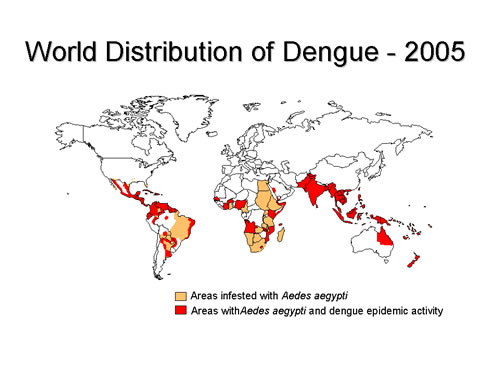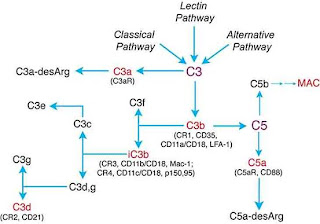Viral Research in Brazilian Owls (Tyto alba and Rhinoptynx clamator) by Transmission Electron Microscopy
*Catroxo, M. H. B.; *Taniguchi, D. L.; *Melo, N. A.; **Milanelo, L.; ***Petrella, S.; **Alves, M.; *Martins, A. M. C. R. P. F. & *Rebouças, M. M.
SUMMARY: The barn-owl (Tyto Alba) and striped-owl (Rhinoptynx clamator) belong respectively to the families Tytonidae and Strigidae. Avian paramyxoviruses have been isolated from a variety of species of wild and domestic birds wordlwide causing diverse clinical symptoms and signs. Paramyxoviruses belong to the family Paramyxoviridae and Avulovirus genus, including nine serotypes (APMV 1 to 9). The lymphoid leukosis is a retrovirus-induced neoplasia. The avian retroviruses belong to the Retroviridae family and to the Alpharetrovirus genus. Coronaviruses can cause respiratory and enteric disease in several species of birds. They belong to the Coronaviridae family and to the groups 3a e 3c. In this study, we describe the presence of viruses in four owls, two barn owls (Tyto alba) and two striped owls (Rhinoptynx clamator), rescued from tree-lined streets of Sao Paulo, Brazil and sent to the Recovery Center of Wild Animals of the Tietê Ecological Park, where the animals died. Fragments of lung, liver and small intestine of these birds were processed for transmission electron microscopy utilizing negative staining (rapid preparation), immunoelectron microscopy and immunocitochemistry techniques. Under the transmission electron microscopy paramyxovirus particles, pleomorphic, roughly spherical or filamentous, measuring 100 to 500 nm of diameter containing an envelope covered by spikes, an herring-bone helical nucleocapsid-like structure, measuring 15 to 20 nm in diameter, were visualized in the samples of lung, liver and small intestine of all owls. In small intestine samples of the two striped-owl (owls 3 and 4) it was detected pleomorphic coronavirus particles with a diameter of 75-160 nm containing a solar corona-shaped envelope, with projections of approximately 20 nm of diameter. In liver fragments of one striped-owl (owl 4) pleomorphic particles of retrovirus with a diameter of 80-145 nm containing an envelope with short projections and diameter of 9 nm were observed. The presence of aggregates formed by antigen-antibody interaction, characterized the positive result obtained during the immunoelectron microscopy technique for paramyxovirus, retrovirus and coronavirus. In the immunocytochemistry technique, the antigen-antibody interaction was strongly enhanced by the dense colloidal gold particles over these viruses.


Fig.1 Barn owl on the left. http://curiousanimals.net/funnies-bunnies/night-queens-owls/ and Striped owl on the right. http://www.freewebs.com/gahoolejake/owlpics.htm
It is said that for every species there is at least one virus that infects it – no organisms are exempt from these obligate intracellular parasites. Viral infection can be a serious problem in not just individual hosts but for whole ecosystems, with pathogenesis leading to fatalities with knock-on effects for local communities especially in those species that are already endangered.
Avian species are not resistant to these problems and a number of diverse viruses are known to infect these animals causing a range of debilitating pathologies. Notable viral pathogens causing significant disease are Avian paramyxoviruses including Newcastle disease virus (Avian paramyxovirus-1) which can be fatal, oncogenic retroviruses and the coronaviruses (remember SARS?) which can lead to severe respiratory illness. Detailed knowledge of the number and type of viral infections is thus a principle element in preventing pathogenesis in both wild and farmed avian species.
In order to generate valuable data on this subject, Catroxo et al publish in the International Journal of Morphology the detection of a number of viruses from two owl species - The barn-owl (Tyto Alba) and striped-owl (Rhinoptynx clamator) - from a small area of Brazil. The used electron microscopy (see video) and immunohistochemical techniques to detect the presence of viral particles in tissue samples (lung, liver and small intestine) taken from four necropsied owls – a limited sample size - who were recovered from the streets of Sao Paulo and later died in care. Symptoms displayed when found were also recorded.
Fig.2. Electron microscopy pictures of Paramyxovirus (top), Retrovirus (middle) and Coronavirus (bottom) virions from tissues of infected owls



Using the morphological characteristics of virions and antibody binding, they discovered viruses which had features of and resembled paramyxoviruses, coronaviruses and retroviruses and were able to relate these to known symptoms described. Although limited in detection of distinct types of virus (no genetic methods were used), these results further extend the list of species susceptible to paramyxoviruses which is important in determining the effects of wild bird movements of disease spread. The chance of detecting a novel, unknown virus is possible as no matching up of virions to distinct viral species was carried out. The ability to match up viral infection to symptoms in a diverse range of species allows us to study the variation in the development of pathogenesis.
This study highlights the importance of virus tracking in a diverse range of species across the world. Viruses infecting avian species can have a profound impact on wild populations and communities as well as our farmed poultry (and could also impact directly on our health like Influenza viruses). Even though the use of morphological detection of viruses has its limits when compared to the more detailed genome based analyses like PCR and sequencing, it can still readily inform us about the general range of pathogens in a sample. This is important in preventing viral disease worldwide and in local populations.




















